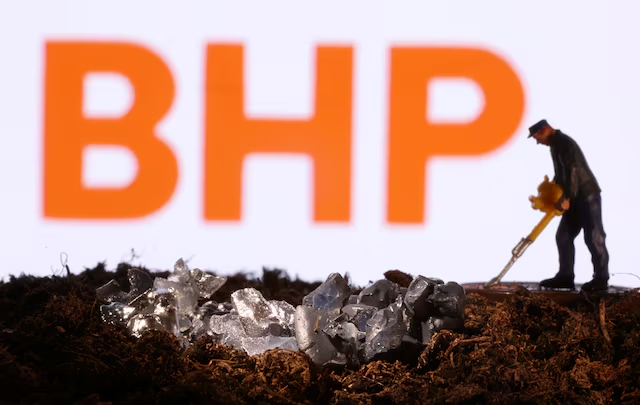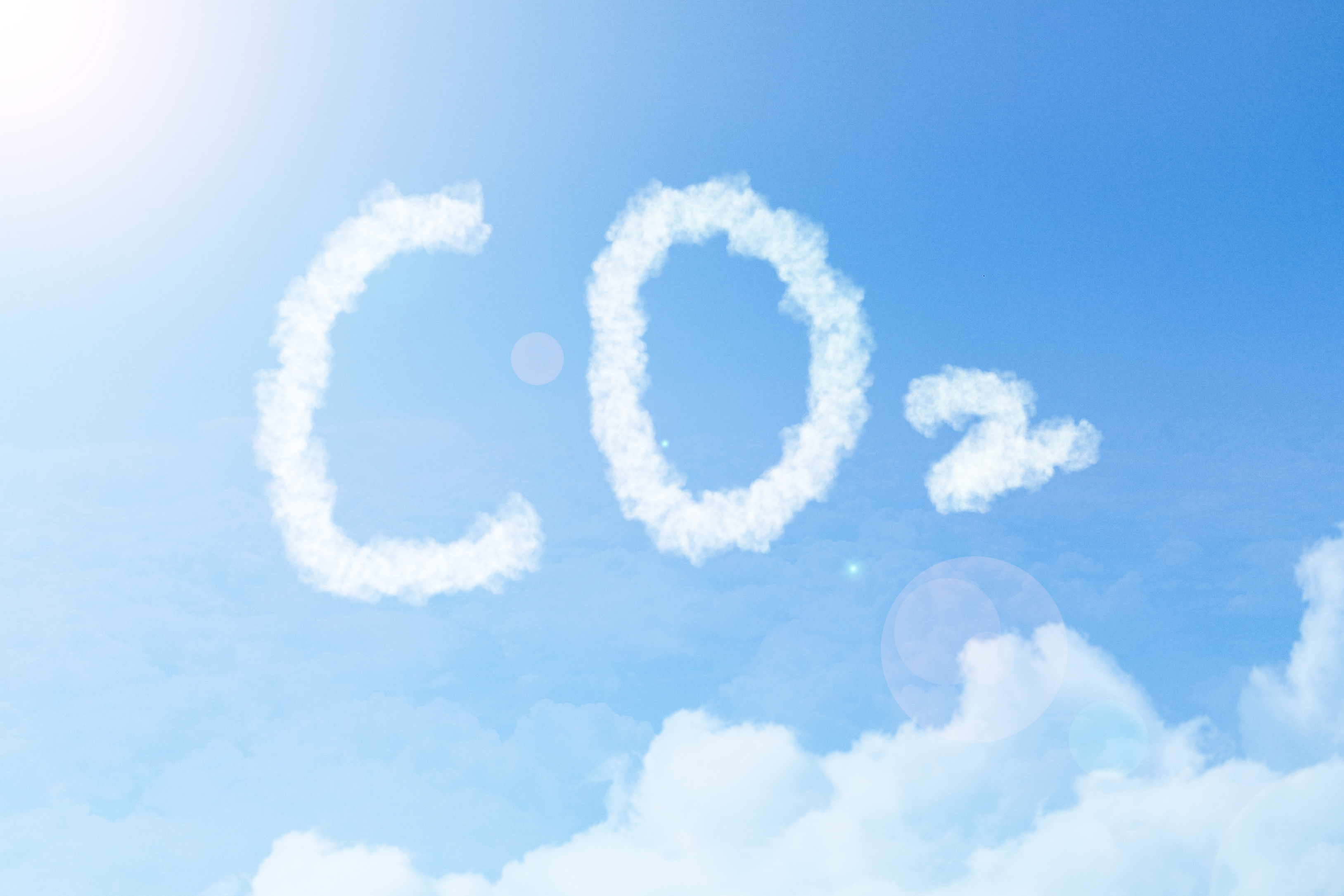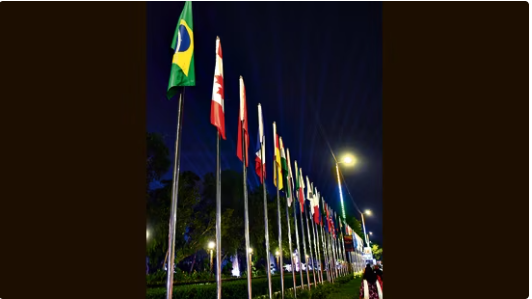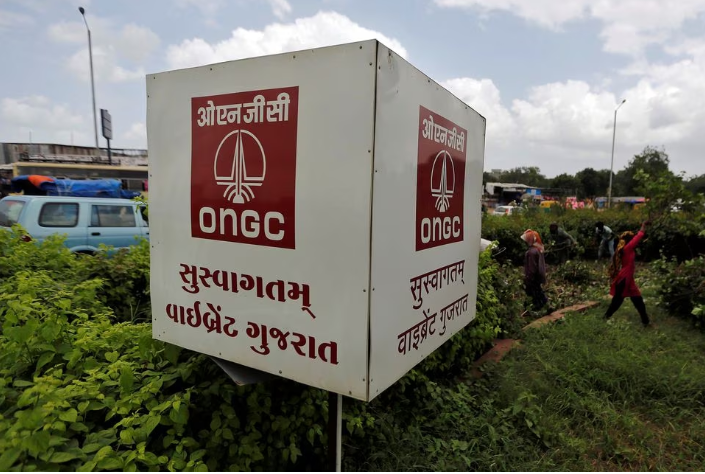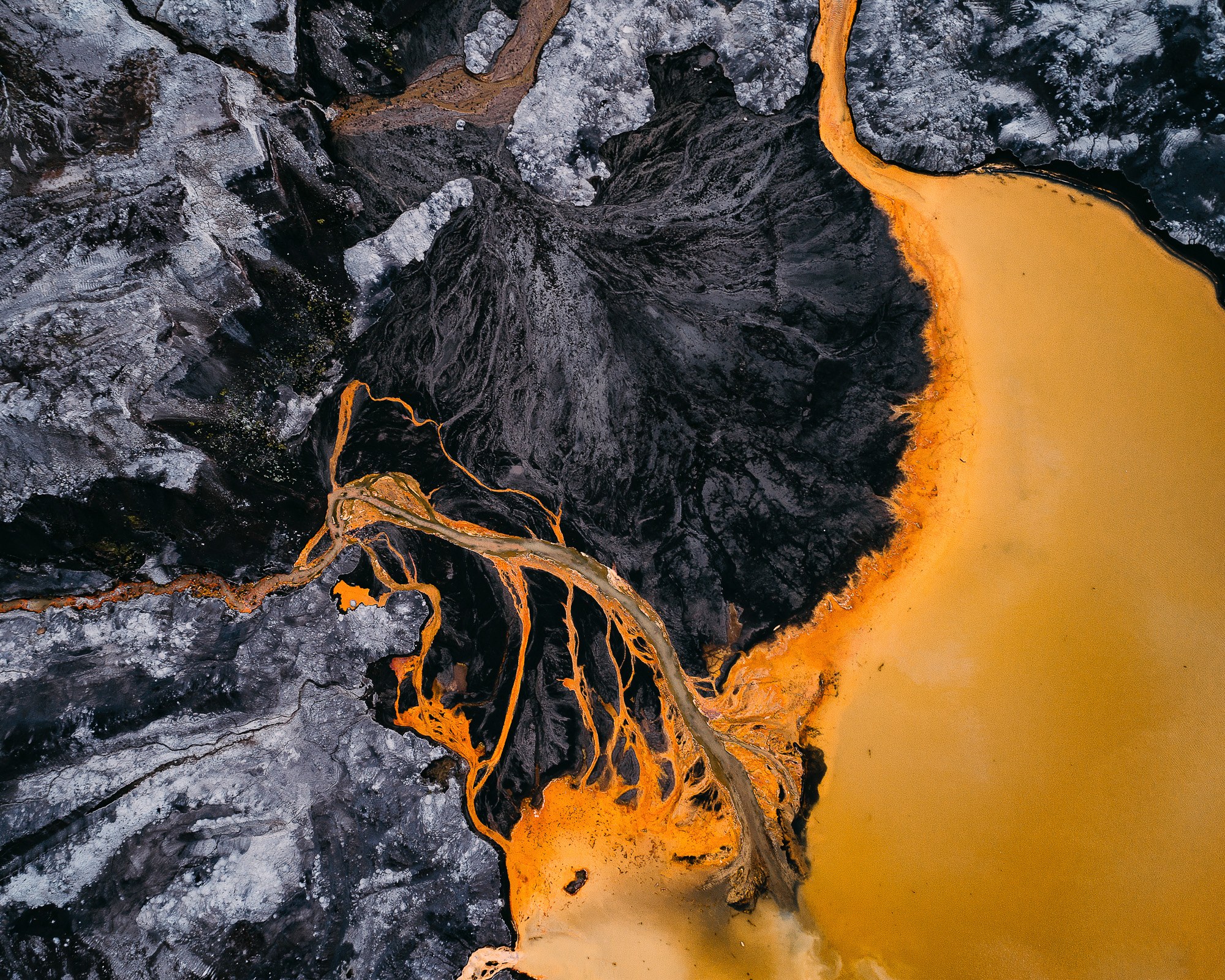 Tom Hegen's aerial series Toxic Water depicts landscapes affected by coal mining. PHOTOGRAPH: TOM HEGEN
Tom Hegen's aerial series Toxic Water depicts landscapes affected by coal mining. PHOTOGRAPH: TOM HEGEN
Imagine a Sunny Delight factory explosion in the gloomy realm of Mordor, spilling streams of "orange drink" through the land. That's what Tom Hegen's photos look like. Only thing is, they weren't shot on Mordor—it's Germany—and that tangy-looking liquid isn't anything you'd want for breakfast. It's acid drainage out of coal mines.
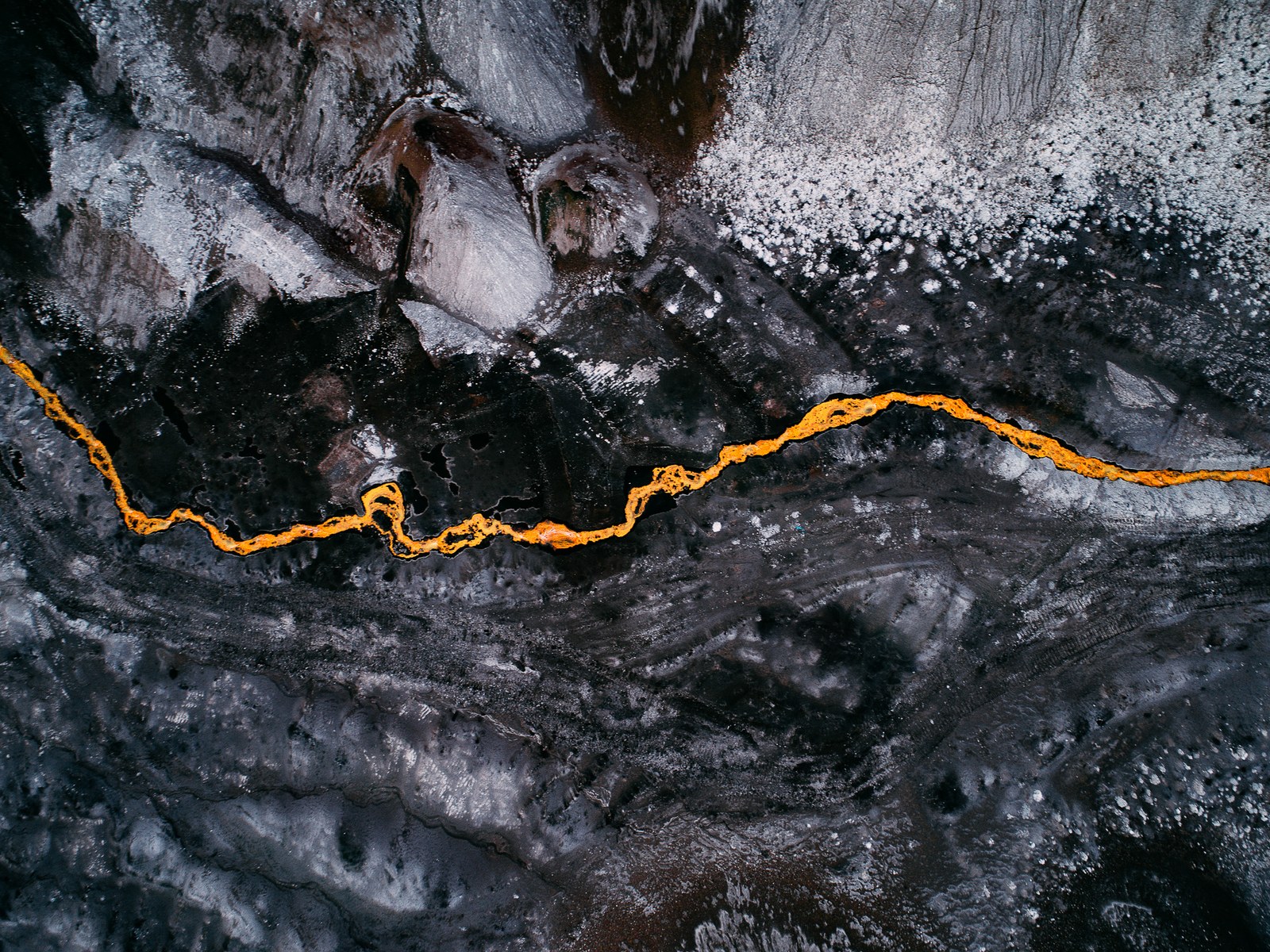 Hegen flew above lignite mines in the Lusatia mining district of eastern Germany.PHOTOGRAPH: TOM HEGEN
Hegen flew above lignite mines in the Lusatia mining district of eastern Germany.PHOTOGRAPH: TOM HEGEN
The Jupiter-hued liquid is a consequence of mining lignite—a soft, waterlogged coal that's bottom-shelf cheap but produces less energy and 22more C02 emissions per ton than other fossil fuels. Excavators unearth lignite hundreds of feet below ground; exposed to air, sulphide minerals in the rocks oxidize, releasing acid and heavy metals like iron and copper that turn rain and groundwater into an ethereal sludge the EPA says may be "highly toxic."
Last year, Germany mined 166.3 million tons of lignite—more than three times the amount the US mines—to meet a quarter of its energy needs. Some 34 billion tons of lignite lie in reserve. Though Germany is pushing toward a greener future, and closed its last hard coal mine in 2018, lignite mines will remain open until 2038. Lignite mining has already swallowed nearly half a million acres of Germany's land—including hundreds of villages, roads, and forests. Swedish activist Greta Thunberg shed light on the devastation this March, when she dedicated her Golden Camera Award to protesters squatting in the Hambach Forest of North Rhine-Westphalia, which will soon be razed to extend a nearly 11,000-acre open pit mine.
Hegen's photos depict the Lusatia mining district in eastern Germany, from which roughly a third of the country's lignite hails. Curious to see it, he hired a helicopter pilot to fly him out it in 2017, and spent about two hours peering down through his camera at the surreal colors and texture below. "It was absolutely otherworldly," Hegen says.
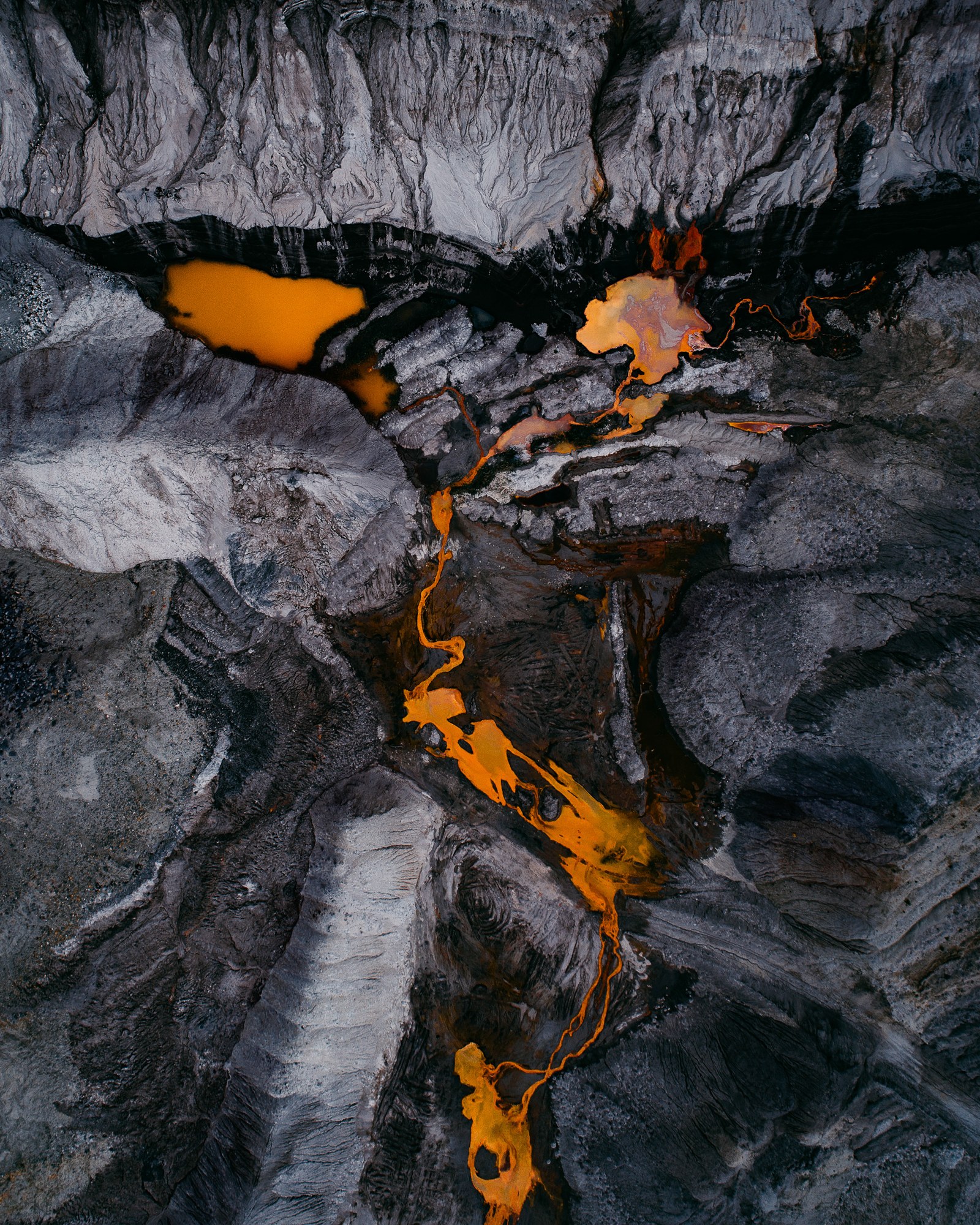 Germany plans to close its lignite mines by 2038. PHOTOGRAPH: TOM HEGEN
Germany plans to close its lignite mines by 2038. PHOTOGRAPH: TOM HEGEN
And that's just the point of his images: Humans have a knack for making Earth look less and less like itself, and more and more like something out of a dystopian wasteland.


